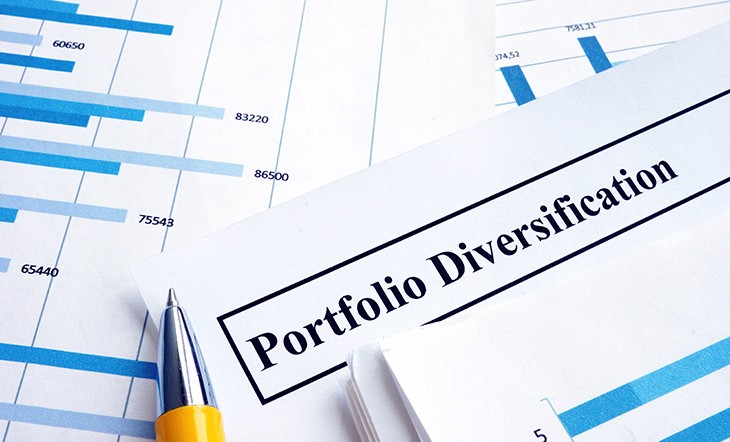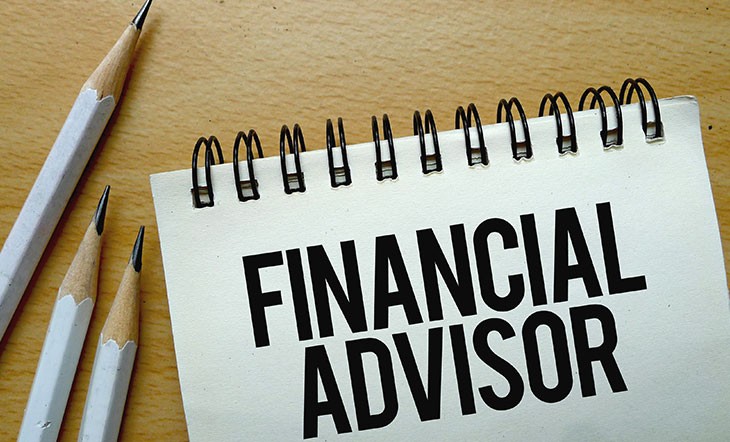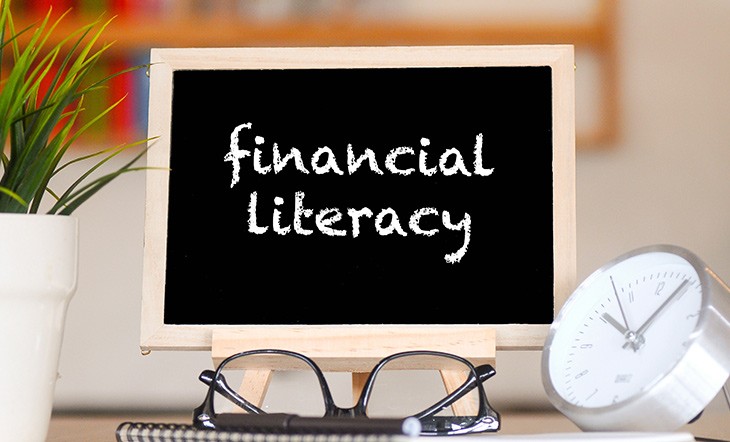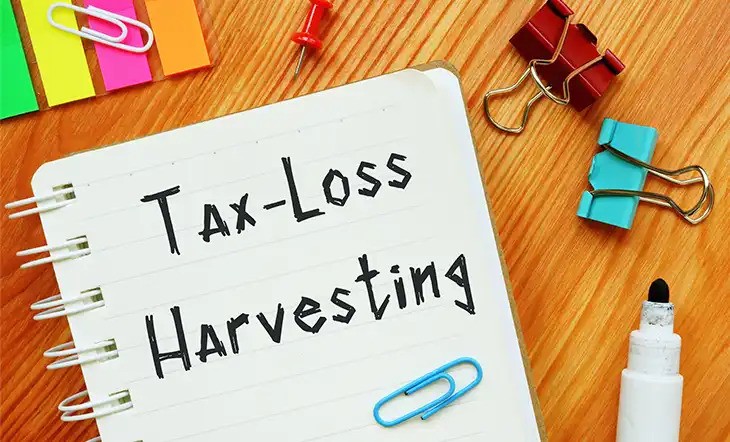9 Ways to Prepare for Retirement in Your 50s

If you think retirement at 50 sounds like an inviting idea, you are not alone. While the thought of retirement can be liberating, it can also be a daunting task for those who are unprepared. Retirement is by no means a simple transition. The decision to retire early should be made only after careful consideration. To be able to retire at 50, it is important to have a foolproof financial plan. You need to assess your current financial situation, your future goals and needs, and how much you need to save for a comfortable retirement. In addition, you might also need to be mentally prepared to lose the safety net of a steady income, live off your retirement corpus, or work on a part-time basis. You can reach out to a professional financial advisor who can advise you on what steps you can take to ensure you have a comfortable retirement, if you wish to retire at the age of 50.
Here are 9 ways you can prepare for retirement in your 50s:
1. Invest in a 401(k)
The 401(k) is one of America's most popular retirement plans. It is an employer-sponsored retirement savings account wherein employees contribute their income. The major feature of a 401k is the employer match. Here the employer may match part or all of the contribution made by the employee to their retirement account. There are primarily two kinds of 401ks – Traditional 401k and Roth 401k. Each year, the Internal Revenue Service (IRS) puts an upper limit on the maximum amount you can save for retirement. As of 2022, you can contribute $20,500 to your 401(k) plan. For the year 2023, the contribution limit has been increased to $22,500. If you are over 50, you can contribute an additional $6,500 and $7,500 in 2022 & 2023 as catch-up contributions to further boost your retirement savings. Keep an eye out for such information and additionally, develop a thorough understanding of the 401(k) rules to avoid penalties.
2. Learn about different kinds of IRAs
An IRA or an Individual Retirement Account is a tax-advantaged retirement savings account that offers certain tax benefits to its holders. Any individual having earned income can open an IRA through a bank, a mutual fund house, an online brokerage, an investment firm or a personal broker. There are several different kinds of IRAs such as:
|
IRA type |
Features |
|
Traditional IRA |
This is a type of IRA that offers tax-deductible contributions. For 2023, you can contribute a maximum of $6,500. However, if you are 50 and up, you can contribute an additional $1,000. |
|
Roth IRA |
In a Roth IRA, contributions are not tax-deductible but you can make tax-free qualified distributions in retirement. The contribution limits are the same as for a traditional IRA. |
|
SEP-IRA |
Employers can use Simplified Employee Pension Plan (SEP) to make direct contributions to an IRA set up for each employee. Primarily used by self-employed individuals such as independent contractors, freelancers, and small-business owners. For 2023, the maximum allowed contribution is $66,000. |
|
SIMPLE IRA |
The SIMPLE IRA plan allows employees to make contributions to their accounts for which the employer makes a matching contribution. All contributions are tax-deductible. For 2023, you can contribute a maximum of $15,500 with the catch-up contribution being $3,500. |
|
SARSEP |
Salary Reduction Simplified Employee Pension Plan (SARSEP) is a type of SEP set up by an employer before 1997 and includes a salary reduction arrangement. |
3. Figure out the retirement income gap
If you are aiming to retire at 50 or closer, it would be wise to analyze if you have an income gap. To determine this, draw an estimate of your expenses after retirement. If you have insufficient funds to sustain the lifestyle you have planned for your retirement, you may have an income gap and should ideally explore ways to overcome it. This could be done through effective budgeting, working part-time, cost-cutting, and more.
4. Filter the financial advice you receive
When you are in your 50s or close to retirement, it is not uncommon to receive a range of financial advice on how you should invest and manage your money. You may come across hundreds of recommendations about collecting the “best stocks” or selecting the most suitable mutual funds to generate the highest returns. However, these financial tips may not always work out for you in the long run. Before making any large investment, you should thoroughly research your options. You can also consult a financial advisor to generate optimal returns from your investments.
SPONSORED WISERADVISOR
5. Carefully assess your investments
Choosing the investments is an integral part of retirement planning. Understand the pros and cons of different kinds of investment, right from equity, mutual funds, and real estate, to bonds and cryptocurrencies. Also, if you go for options like index funds, ETFs, or precious metals, analyze their functioning and return capacity in detail. Remember to keep the risk factor in mind before investing in any asset class.
6. Keep an eye out for changes in laws that could affect your finances
Take note of any new laws or policy changes that come into effect that may have an impact on your portfolio. For instance, in 2020, the SECURE Act came into effect, triggering many changes. According to the Act, retirees could extend the minimum required distributions (RMDs) until they reach 72. They could also contribute to IRAs at any given time provided it was earned income. Both these changes had a major effect on individuals who were fast approaching retirement or were planning for it.
Understand that policy change can have a direct impact on your financial situation. So if you are in your 50s or 60s, make an extra effort to educate yourself on all rules and regulations before making any major financial decisions.
7. Assess and rebalance your investment portfolio regularly
As you near your retirement, it is only natural to feel anxious whether you have saved enough for retirement or not. You may get tempted by the prevalent market scenario to make a quick buck or sell your investments, however, remember that you have created a portfolio to serve your long-term goals. So it is best to wait patiently and stick to your plan. A good practice might be to check your portfolio regularly and rebalance it after consulting a professional.
8. Make an estimate of your Social Security earnings
A majority of America’s population relies on Social Security benefits to meet their expenses after retirement. And, if you are inching closer to your retirement, it is only wise to draw up an estimate of the Social Security earnings you will receive after retirement.
The Social Security scheme considers your 35 highest-earning years to draw up an average sum, indexing for inflation. Do note that if you have paid Social Security for a minimum period of 10 years, you are eligible for Social Security benefits. However, the actual benefits depend upon what age you choose to start claiming your benefits. Further, your Social Security benefits are also taxed. In fact, in some cases, up to 85% of Social Security benefits can become taxable if individuals have substantial income from other sources. Thus, when planning for retirement, keep in mind the tax aspect of Social Security benefits.
9. Manage your debts
Debt is often referred to as a necessary evil. However, if employed wisely, it can be an excellent source of finance. So if you are fast approaching retirement or looking to retire at 50, it would be best not to draw any loans. In fact, your goal should be to pay off any form of debt at the earliest possible. You do not want to retire with a loan hanging over your head. With a relatively fixed income, managing debt can become stressful. It could also derail your financial planning completely. Take the help of a financial advisor who can chalk up a plan to help pay your debts while ensuring you continue saving for your golden years.
To conclude
Before you plan to retire, understand the benefits of all your retirement plans and accounts, explore available investment avenues, and assess the associated risks. If planning for your retirement seems overwhelming to carry out on your own, consider consulting a financial advisor who can help you create an effective retirement plan. Use the free advisor match service to match with vetted financial advisors that can assist you based on your needs and help make the transition to retirement smoother and easier. Answer a few questions about yourself and get matched with 1-3 financial advisors that can help you with your unique financial needs and goals.








.jpg)













.jpg)





.jpg)


.jpg)


.jpg)















.jpg)




.jpg)





.jpg)

.jpg)







.jpg)

.jpg)






.jpg)




.jpg)

.jpg)


.jpg)

.jpg)





.png)
.jpg)
.jpg)




.jpg)

.jpg)


.jpg)



.jpg)
.jpg)


.jpg)
.jpg)
.jpg)
.jpg)

.jpg)




.jpg)


.jpg)
.jpg)


.jpg)
.jpg)
.jpg)
.jpg)
.jpg)

.jpg)




.jpg)
.jpg)


.jpg)
.jpg)
.jpg)
.jpg)

.jpg)
.jpg)















.jpg)
.jpg)



.jpg)



.jpg)












.jpg)



